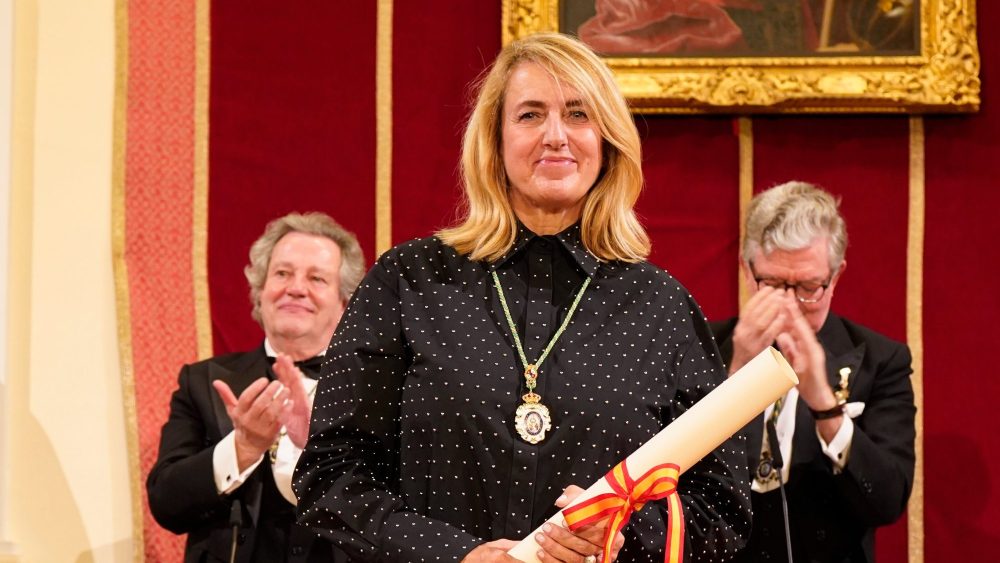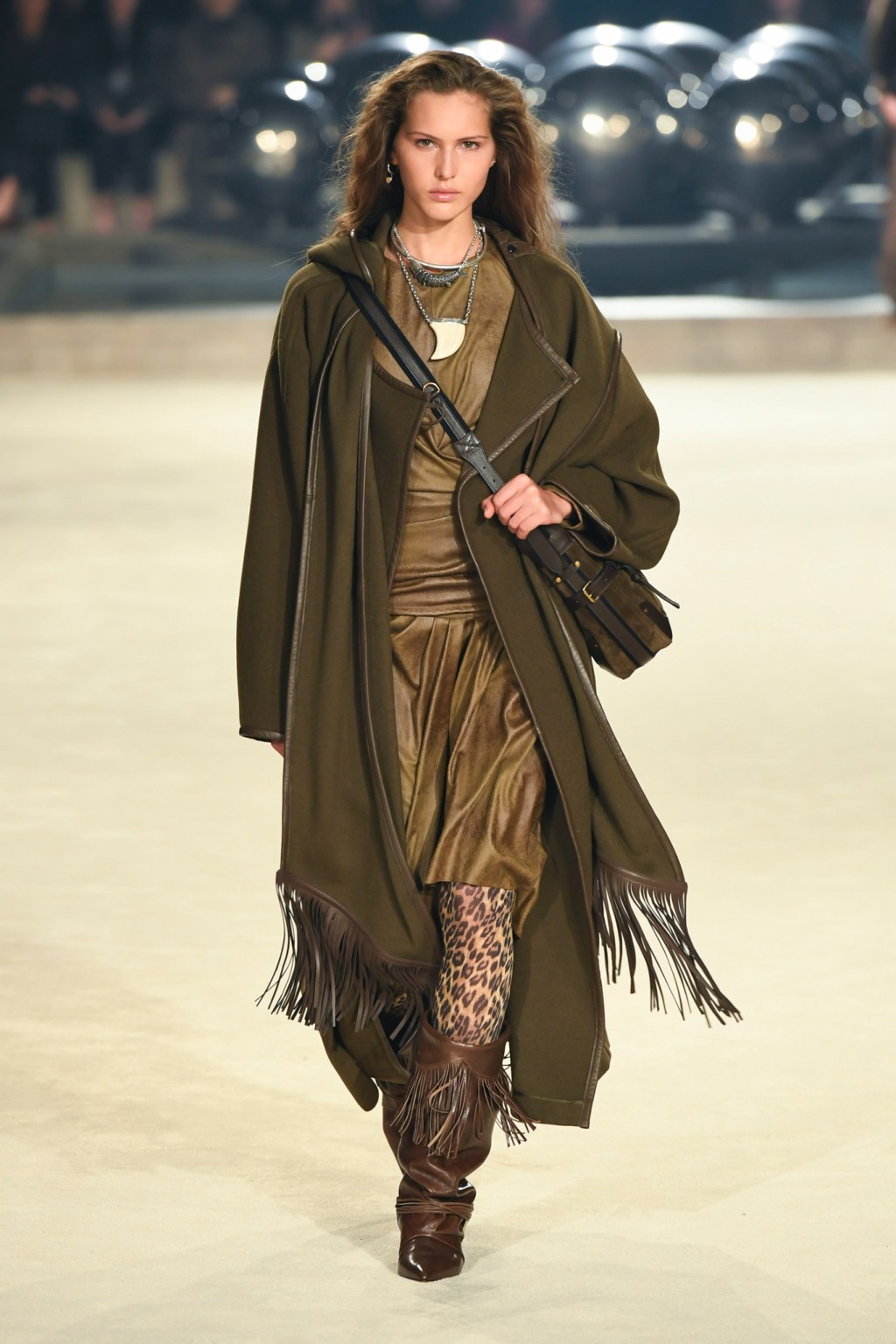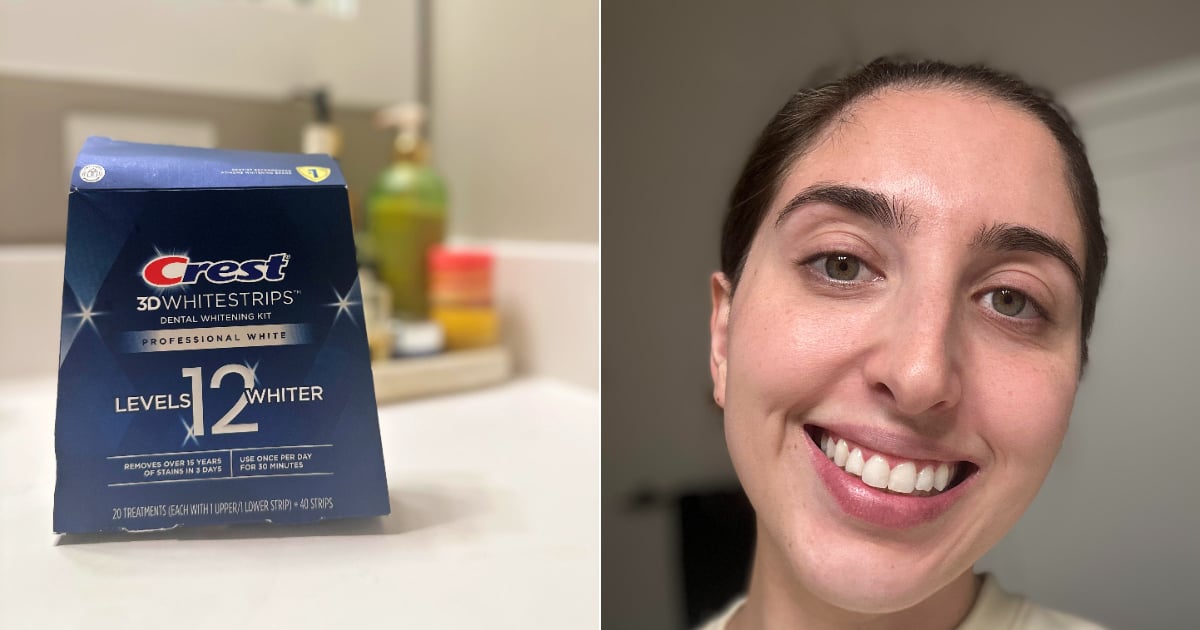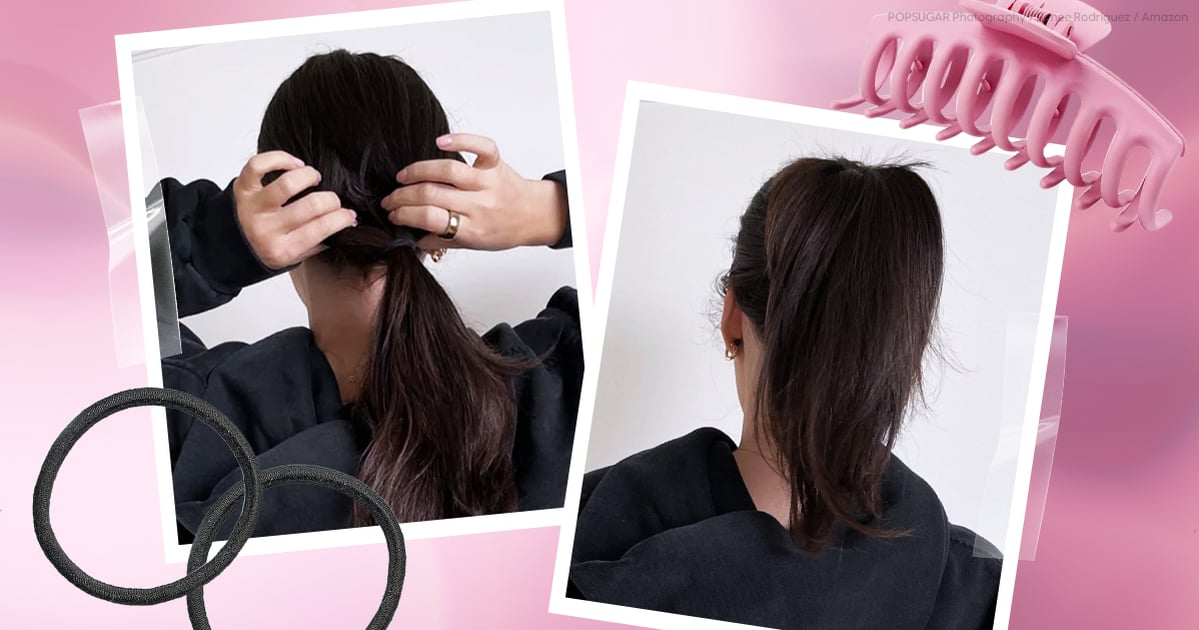MILAN — Born during Spain’s Golden Age of discovery driven by the exploration of the new world, the Iberian nation’s Real Academia de Bellas Artes de San Fernando has welcomed famous artists like Francisco Goya and father of Spanish neo-classicism, Juan de Villanueva, to teach in its majestic halls.
Known around the world for her striking designs for landmarks like the Hotel Il Sereno in Torno, in Lake Como and Six Senses Rome, Patricia Urquiola‘s name was crystalized into its prestigious roster of academics on Monday in Madrid.
It wasn’t for her designs of hotels, nor was it for her work with luxury brands like Louis Vuitton or Buccellati. In ceremonial pomp and circumstance, the Oviedo, Spain-native was honored for her contributions in the arena of sustainable design and took to the podium and presented her theory of hybridization.
You May Also Like
“Urquiola opted for the link between nature and society, the sustainability of the process, exemplified in her text outlining the continuous revaluation of materials (upcycling),” Academia de Bellas Artes de San Fernando said in a statement.
The election of Patricia Urquiola as a full academic for the New Image Arts section originally took place Jan. 23, 2023.

The Academia de Bellas Artes de San Fernando, which was created by the Royal Decree of April 12, 1752, is made up of 56 full academics in the fields of architecture, painting, sculpture, music, cinema, graphic art, photography, design and art history and theory.
Goya’s first contact with the Academy occurred in 1763 as a young painter, accepted into a triennial competition organized by the institution. He became a professor and in 1785 was appointed deputy head of the painting department. Other professors included Italian painter Corrado Giaquinto and architect Ventura Rodríguez Tizón, who rose to fame during the Bourbon dynasty reign and was the academy’s director of architectural studies at its start.
Urquiola graduated from Milan Polytechnic in 1989 with a thesis titled “Abitare come sistema (Living as a system),” which explored the technological potential of fabric. She envisaged a rug made of cables and a print she designed.
“Home textiles for me is never just about fabrics,” she told WWD in an interview in April during Milan Design Week, adding that her work with textiles entails steadfast research into durability and resilience.
“We are moving on a radical wave and rethinking the concept of time and space, refocusing the kind of age of resilience against the age of progress. It’s beautiful because efficiency is not really as important as adaptability,” she added. In April, she also unveiled Milan-based Studio Urquiola’s upcoming project with the world’s largest home textile show, Frankfurt’s Heimtextil 2025 edition.
A preview revealed conceptual images of “Among Us,” which is emblematic of Studio Urquiola’s solution-driven textile research. Mentored by Italian design pillars Achille Castiglioni and Vico Magistretti during his tenure at De Padova, the firm’s cofounder Maddalena De Padova taught her “that the textile side of home was fundamental,” she remarked. Later she went on to work for Italian furniture and accessories group Moroso in 2000 and crafted the Gentry sofa, which was a segue into the world of furnishings.




